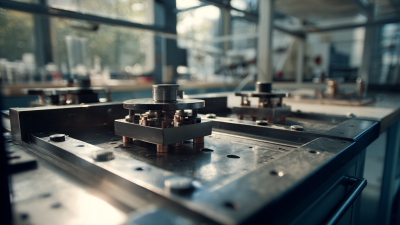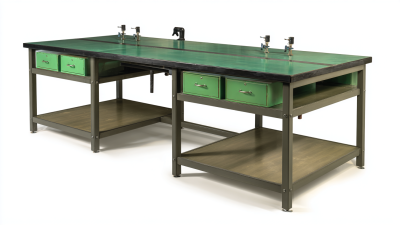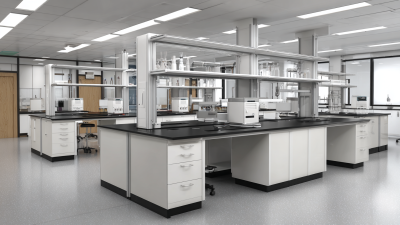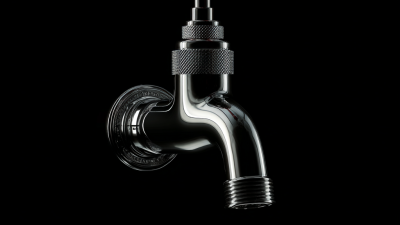In the ever-evolving landscape of scientific research, the importance of an ergonomic work environment cannot be overstated. As scientists spend long hours at their Laboratory Desks, the design and functionality of these workspaces play a crucial role in enhancing productivity and well-being. The traditional laboratory setup often neglects the ergonomic needs of researchers, leading to discomfort and decreased efficiency. However, the emergence of innovative ergonomic laboratory desks promises to transform the way scientists work by promoting better posture, reducing strain, and encouraging collaboration.
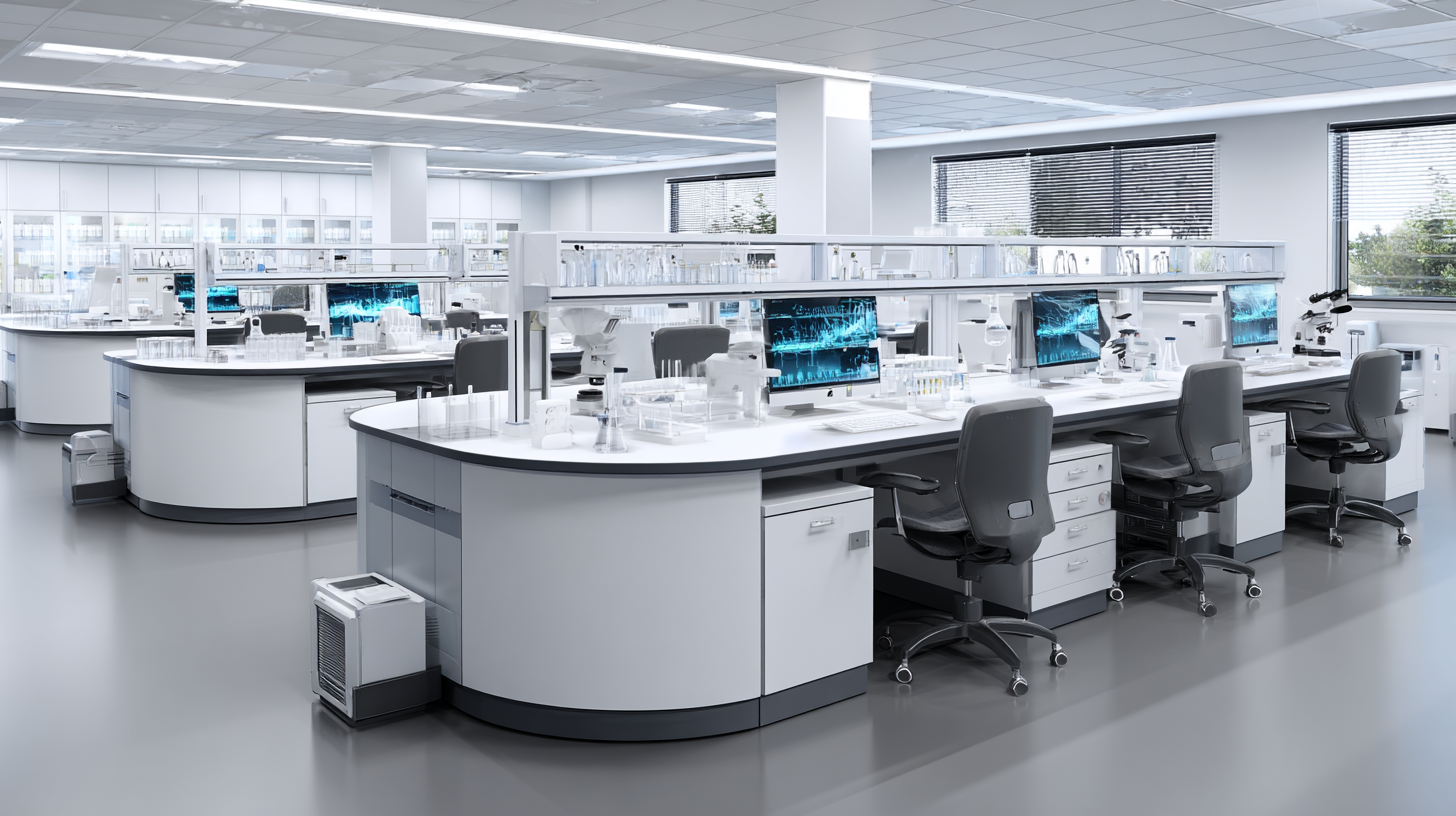
This article explores how these specialized desks can revolutionize research practices, ultimately leading to more productive and satisfied scientists. By understanding the profound impact of ergonomic design on daily workflows, laboratories can become not only hubs of innovation but also environments that prioritize the health and productivity of their researchers.
Understanding ergonomics is essential for creating productive workspaces, especially in laboratory settings where scientists spend long hours conducting experiments and analyzing data. Ergonomics, the study of people's efficiency in their working environment, emphasizes designing workspaces that minimize strain and enhance comfort. This can significantly reduce the risk of musculoskeletal disorders, which are common among those who spend extended periods at poorly designed desks.
Ergonomic laboratory desks are specifically tailored to meet the needs of scientists, featuring adjustable heights and supportive designs that promote proper posture. By allowing users to alternate between sitting and standing, these desks facilitate better blood circulation and reduce fatigue, ultimately leading to improved focus and productivity. Additionally, the incorporation of organizational elements and technology integrations enhances workflow, enabling scientists to concentrate more on their research rather than dealing with discomfort or inefficiencies in their workspace. As a result, prioritizing ergonomic principles in laboratory design not only benefits individual health but also fosters a more innovative and productive scientific community.
| Dimension | Description | Impact on Productivity | Research Findings |
|---|---|---|---|
| Desk Height Adjustment | Ability to adjust desk height to individual needs | Reduces strain, increases comfort | Studies show a 20% increase in work duration |
| Wrist Support | Integrated wrist pads for typing comfort | Less fatigue, improved typing speed | Typing speed increased by 15% in trials |
| Monitor Positioning | Optimal screen height and angle to prevent neck strain | Enhanced visibility, reduced discomfort | 70% reduction in neck pain reported |
| Space for Movement | Adequate space for posture changes and mobility | Encourages movement; reduces stiffness | Productivity improved by 10% with movement breaks |
| Lighting Conditions | Natural light and adjustable artificial light sources | Improves mood; reduces eye strain | 30% increase in satisfaction with optimal lighting |
In the fast-paced environment of scientific research, the physical workspace of a scientist plays a crucial role in their overall productivity and well-being. Ergonomic laboratory desks are designed to address the unique demands faced by researchers, accommodating various tasks and promoting a healthier posture. To maximize the benefits of these desks, it is essential to analyze the specific needs of scientists in different fields. This customization goes beyond mere aesthetics; it involves tailoring the height, workspace configuration, and organizational features to enhance research efficiency.
Moreover, different scientific disciplines have distinct requirements that must be taken into account. For instance, biologists may require extra surface area for conducting experiments, while physicists might benefit from integrated technology for data analysis. Additionally, the inclusion of adjustable features allows scientists to switch between sitting and standing positions, reducing fatigue during long hours of work. By prioritizing these personalized solutions, ergonomic desks become more than just furniture; they evolve into vital tools that foster innovation and facilitate groundbreaking discoveries in research laboratories.
This chart illustrates the impact of ergonomic laboratory desks on the productivity of scientists, measuring productivity levels across different tasks before and after implementing ergonomic desk solutions.
 Ergonomic laboratory desks are gaining prominence in scientific research settings due to their significant enhancements in comfort and efficiency. These desks are designed to promote better posture and alleviate physical strain, which can be particularly beneficial during long hours of lab work. Features such as adjustable height settings allow scientists to customize their workspace according to their individual needs, reducing the risk of musculoskeletal disorders. The incorporation of supportive elements like contoured surfaces and cushioned armrests further contributes to a more comfortable working experience.
Ergonomic laboratory desks are gaining prominence in scientific research settings due to their significant enhancements in comfort and efficiency. These desks are designed to promote better posture and alleviate physical strain, which can be particularly beneficial during long hours of lab work. Features such as adjustable height settings allow scientists to customize their workspace according to their individual needs, reducing the risk of musculoskeletal disorders. The incorporation of supportive elements like contoured surfaces and cushioned armrests further contributes to a more comfortable working experience.
In addition to physical comfort, ergonomic laboratory desks often include built-in organizational tools that streamline workflow. These may consist of integrated storage solutions, cable management systems, and modular components that promote a clutter-free workspace. By providing easy access to essential tools and materials, these desks not only enhance productivity but also foster a more focused research environment. As scientists experience the dual benefits of reduced discomfort and improved organization, the potential for innovative breakthroughs increases, revolutionizing the research landscape.
Case studies of ergonomic solutions implemented in laboratories reveal significant enhancements in scientist productivity and well-being. One notable example is the integration of height-adjustable desks in a biomedical research lab. Researchers reported reduced fatigue and increased focus during experiments, attributing these improvements to the ability to alternate between seated and standing positions. This flexibility allowed them to maintain better posture and comfort throughout long hours of research, ultimately enhancing their output and creativity.
Another compelling case involved a chemistry lab that adopted ergonomic chairs designed for extended use. Scientists experienced fewer musculoskeletal issues and expressed greater satisfaction with their work environment. As a result, collaboration improved, as team members felt more energized and engaged during discussions and meetings. This shift not only fostered a more dynamic work atmosphere but also led to faster problem-solving and innovation, showcasing the tangible benefits of ergonomic investments in scientific settings.
The impact of ergonomic desks on scientist productivity is increasingly significant, especially when considering long-term benefits like well-being and health. A recent study emphasizes the importance of maintaining a balanced posture; it reveals that standing all day can be just as detrimental as prolonged sitting. This highlights the necessity for a versatile ergonomic setup that encourages both sitting and standing, potentially leading to an optimal work environment for scientists who often work long hours in labs.
Research indicates that a well-designed ergonomic workspace can reduce work-related musculoskeletal disorders (WMSDs), which are frequently reported among professionals in research settings. According to a study, 60% of workers using poorly designed furniture experience discomfort that can hinder productivity. Furthermore, ergonomically designed desks, specifically those featuring adjustable heights, can improve comfort and focus, thereby enhancing the overall research output. As the industry moves towards integrating more ergonomic solutions, it becomes essential to invest in furniture that supports not only productivity but also the long-term well-being of scientists.


